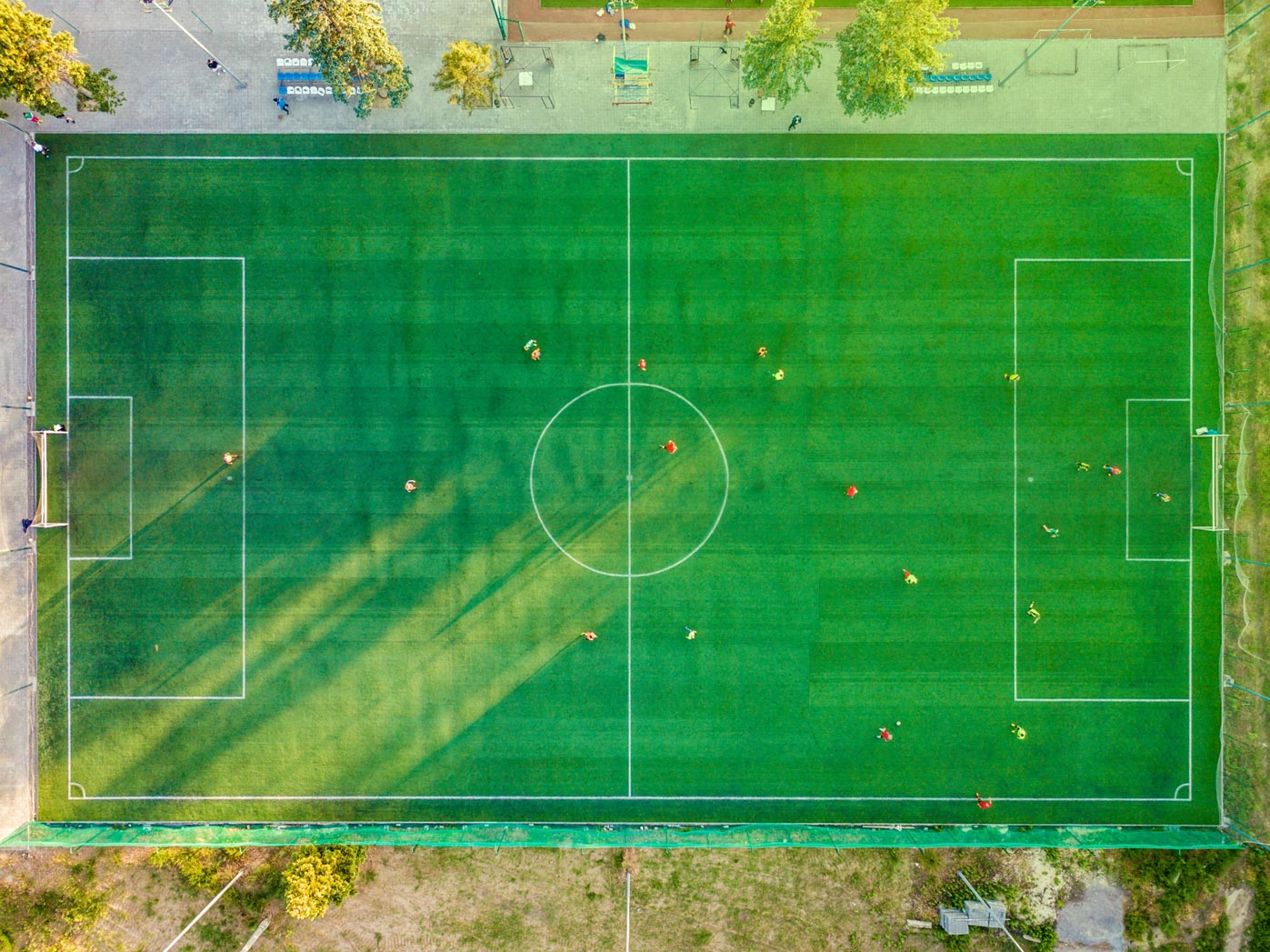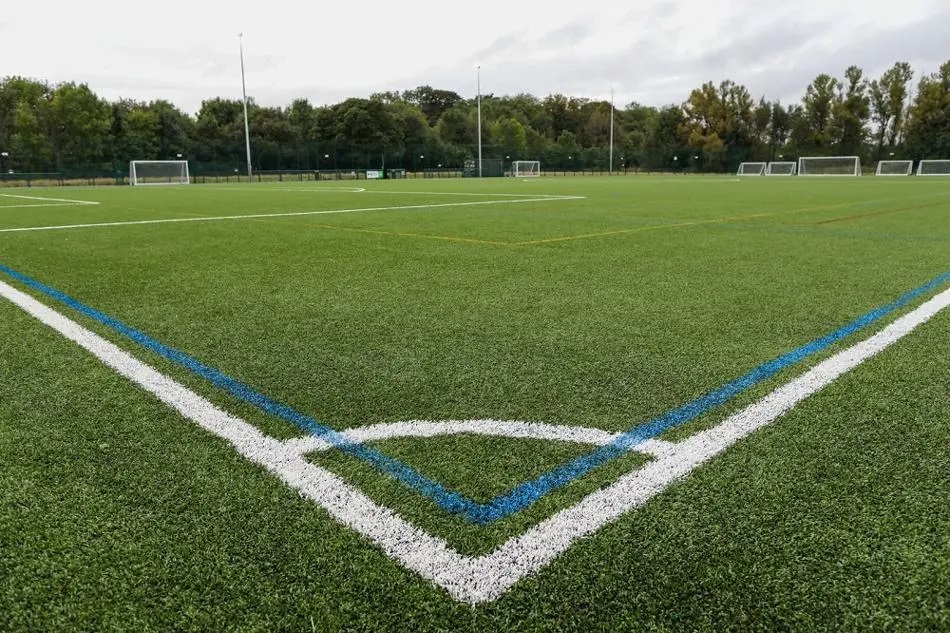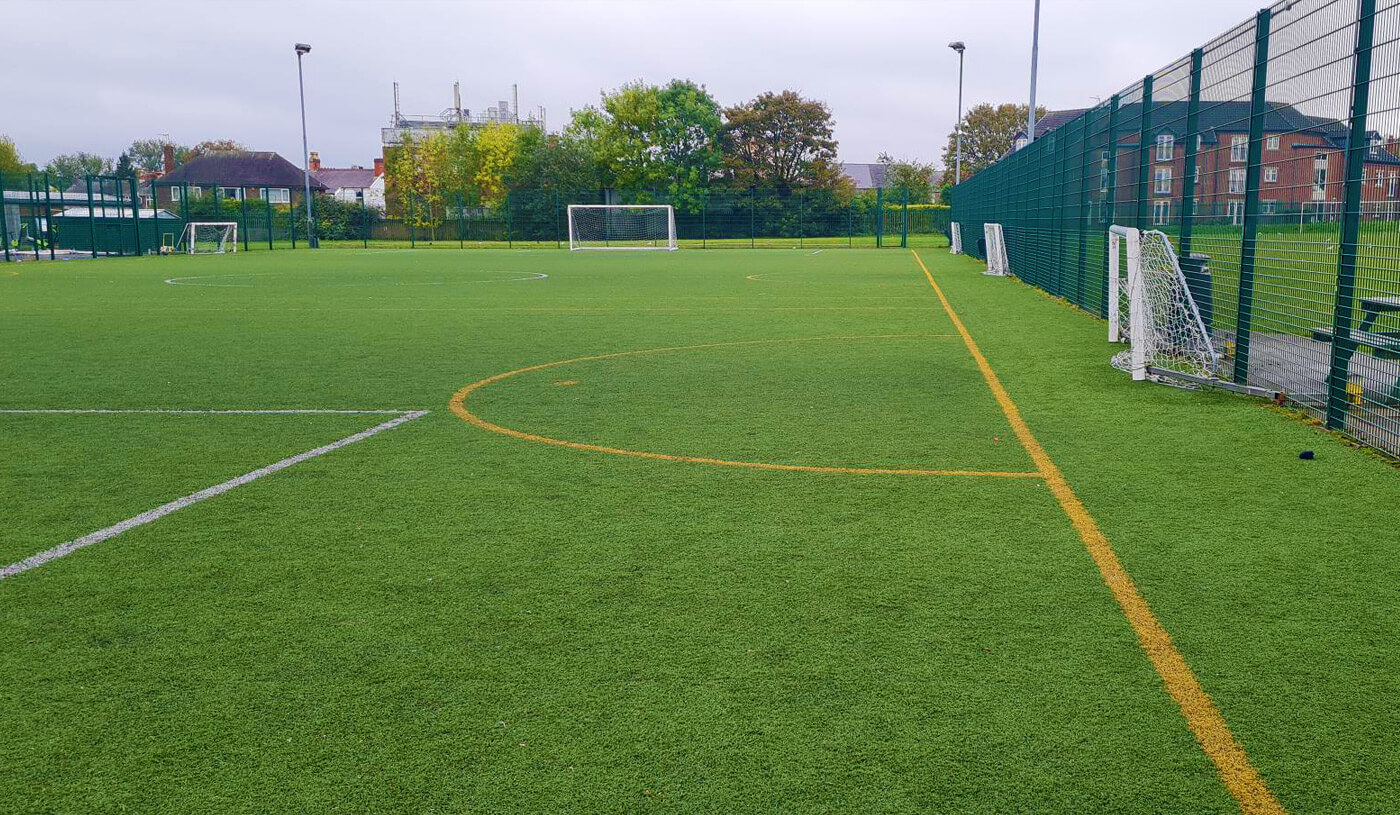Football, known as soccer in some countries, is a universally beloved sport that brings together players and fans from all corners of the globe. The playing field, or the football pitch, is where all the action happens, and its dimensions are vital to the flow and rules of the game. Let’s explore the regulations that govern these dimensions at the professional level and delve into the variations that exist across different leagues and types of play.
FIFA’s Standard Pitch Regulations for Professional Football
The Specifics Dictated by FIFA
The Federation Internationale de Football Association (FIFA) is the governing body that sets the standards for international football, including the exact measurements of a regulation pitch. For international matches, FIFA stipulates that the length of the pitch must be within 100 meters (110 yards) minimum to 110 meters (120 yards) maximum and the width must range from 64 meters (70 yards) minimum to 75 meters (80 yards) maximum. For all FIFA-sanctioned matches, from World Cups to regional tournaments, pitches must adhere to these specifications to ensure uniform gameplay.
Understanding the Layout
On a regulation-sized pitch, each half is a mirror image of the other, marked by a halfway line and a center circle with a radius of 9.15 meters (10 yards). The goal area (6-yard box) and the penalty area (18-yard box) flank each goal, with the penalty mark situated 11 meters (12 yards) from the goal line. The corners of the pitch have arc markings for corner kicks, and the touchlines and goal lines clearly mark the boundaries of the playing area. These prescribed markings provide a standard framework for both play and player strategy.

Local and Non-Professional League Variations
How Pitch Sizes Differ at Lower Levels
Moving away from the international stage, national, regional, and local football leagues may have pitches that differ slightly or significantly from FIFA’s standards, largely due to logistical, financial, or infrastructural limitations. For example, some schools, community fields, or lower-division football clubs might have pitches smaller than the FIFA guidelines, which can affect the speed and tactics of the game. The contextual factors influencing the size of these pitches make grassroots and amateur football unique and accessible for all enthusiasts.
Size Adaptations for Youth and Indoor Football
In youth football, smaller pitch sizes help accommodate the needs of developing players. These scaled-down playing areas ensure that the game remains challenging but not overwhelming for younger participants. Similarly, indoor football, played in arenas or gyms, also uses reduced pitch sizes due to space constraints, leading to a faster-paced game that emphasizes close ball control and quick reflexes.

The Significance of Pitch Dimensions on Gameplay
The Strategic Implications of Pitch Size
The dimensions of a football pitch have a notable impact on the type of gameplay that unfolds. Wider and longer pitches favor teams with good physical endurance and strategic passing abilities, allowing more room for creative play. Conversely, smaller pitches can benefit teams with strong defensive coordination and quick counter-attacking skills, as players find themselves in closer proximity to one another. Coaches and players must adjust their techniques and formations accordingly to optimize their performance on varying pitch sizes.
Player Development and Tactical Awareness
For players, especially those in the developmental stages of their career, learning to adapt to different pitch sizes is crucial for skill progression. The use of space, timing of runs, and the choice of passing lanes become more nuanced on larger pitches. In contrast, smaller fields demand precision dribbling and quick decision-making. Understanding and exploiting these variable conditions is part of a player’s tactical education and can enhance overall football intelligence.

Maintaining Standards: The Role of Governing Bodies
Ensuring Fair Play Through Pitch Regulations
Governing bodies at every level of football enforce pitch regulations to ensure a level playing field — literally. Organizations like FIFA, the Union of European Football Associations (UEFA), and various national associations oversee that pitches meet the necessary criteria before hosting official games. When variations occur, it’s often with the sanctioning body’s approval, balancing the integrity of the sport with the practicality of diverse playing environments.
The Future of Football Pitch Regulation
Looking towards the future, advancements in technology, stadium design, and turf maintenance could lead to more standardized pitch sizes globally, even outside of professional football. As the sport continues to evolve, governing bodies may work toward stricter adherence to regulations to align local and youth football more closely with professional standards. Such efforts ensure that, as players progress through the different levels of the sport, they do so on pitches that foster their development and prepare them for the highest tiers of play.

The Interaction Between Pitch Dimensions and Football Culture
The Role of Pitches in Football Traditions
Across the globe, the size of a football pitch can deeply influence local football culture and traditions. In countries with vast open spaces, such as Brazil or Argentina, larger pitches are commonplace, supporting a style of play that embraces creativity and flair. In contrast, in densely populated areas where space is at a premium, like the United Kingdom, smaller pitches can give rise to a faster, more physically demanding style of football. These cultural nuances shape the way the game is taught, played, and celebrated in various communities.
Grassroots Development on Varied Pitch Sizes
For grassroots football, pitch size can directly impact player development. Young players benefit from experiencing different pitch dimensions, which can aid in developing versatile skill sets. By navigating both expansive and compact playing areas, emerging talents learn to adjust their play style and improve their spatial awareness. This adaptability is crucial for progression in the sport and can determine a player’s future success both on and off the pitch.

The Potential for Innovation in Football Pitches
Exploring Future Changes to Pitch Dimensions
As the sport continues to innovate, so too might the standards and practices surrounding football pitch dimensions. Researchers and sporting bodies often look into how altering pitch sizes could benefit the game, ranging from enhancing player performance to increasing spectator enjoyment. Emerging technologies, such as video analytics and player tracking, can provide insights into how different pitch dimensions might influence game outcomes or injury prevention. These advancements could potentially guide future regulation adjustments and lead to a new era of football pitch design.


